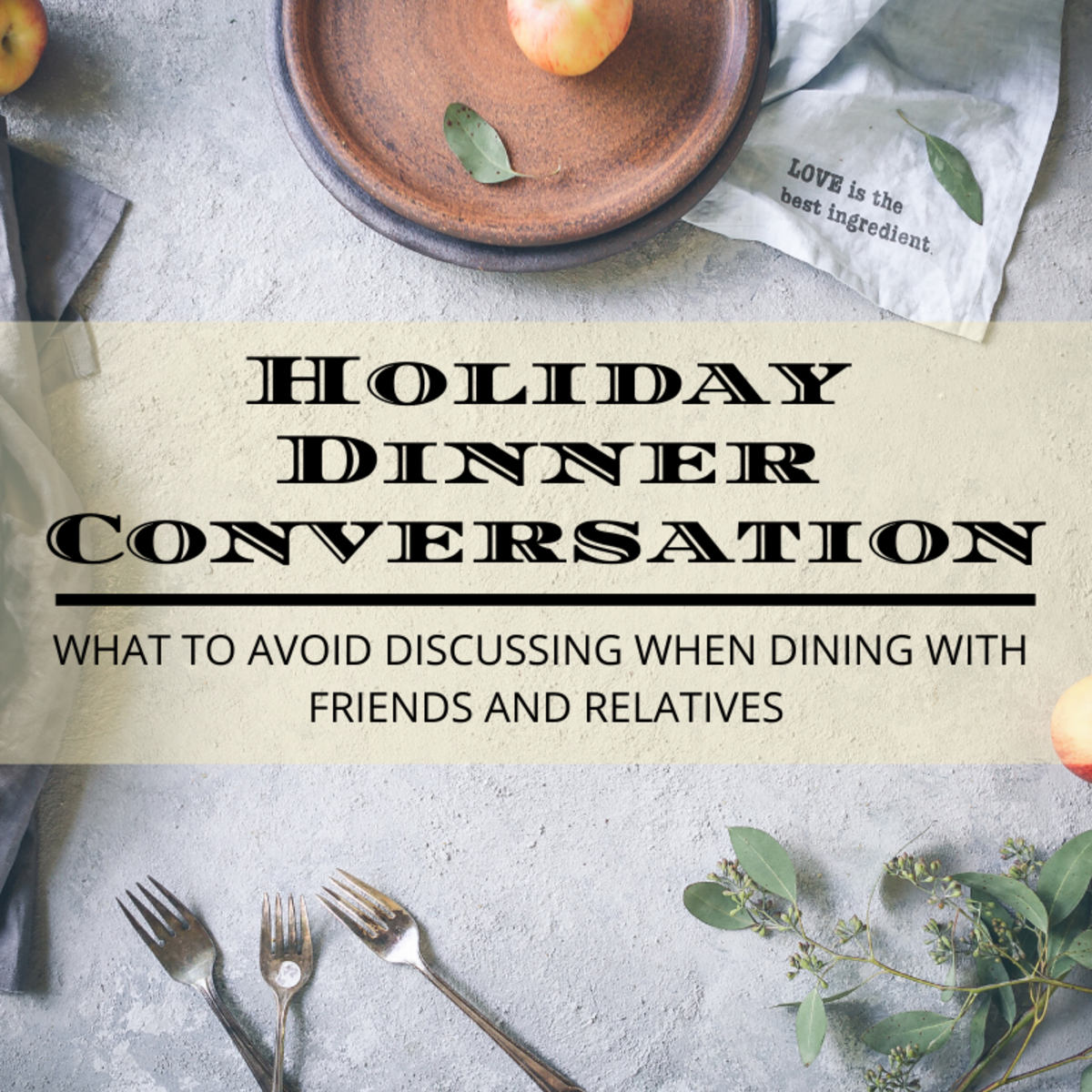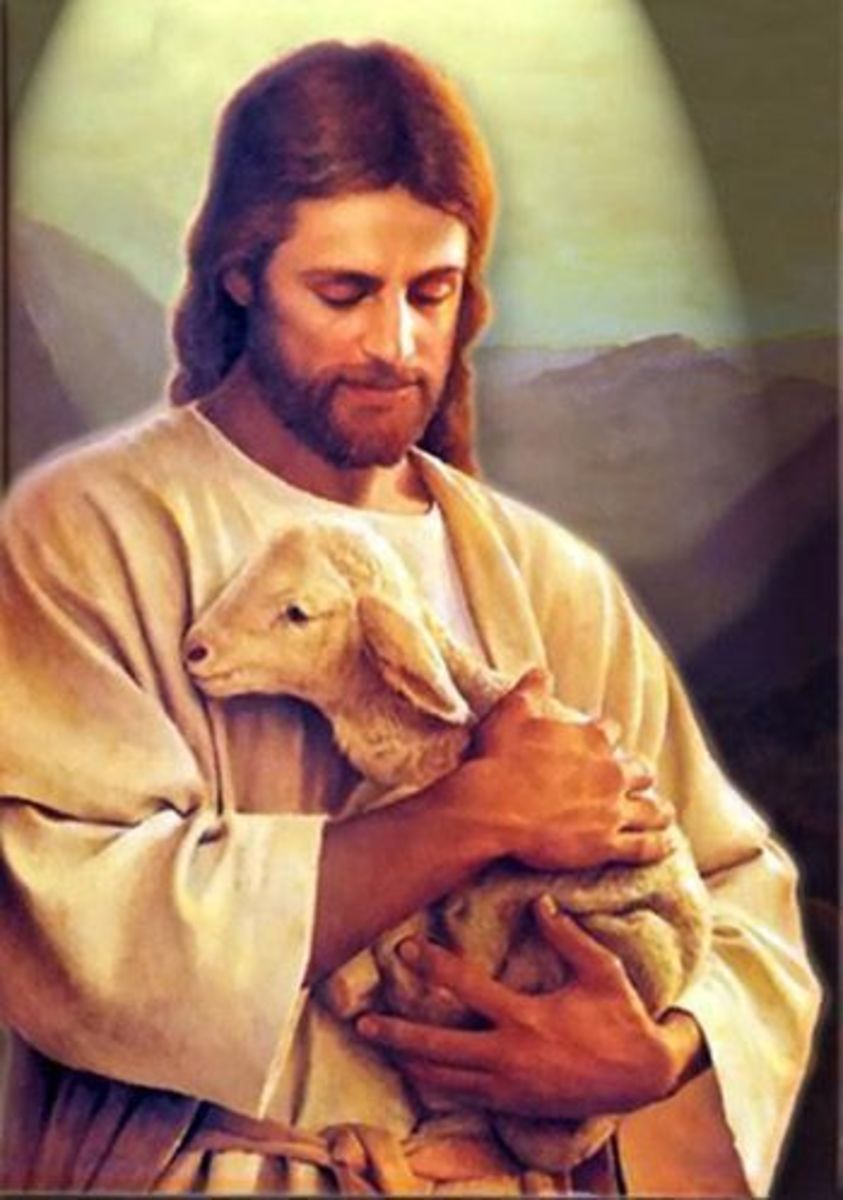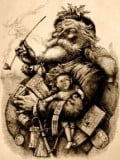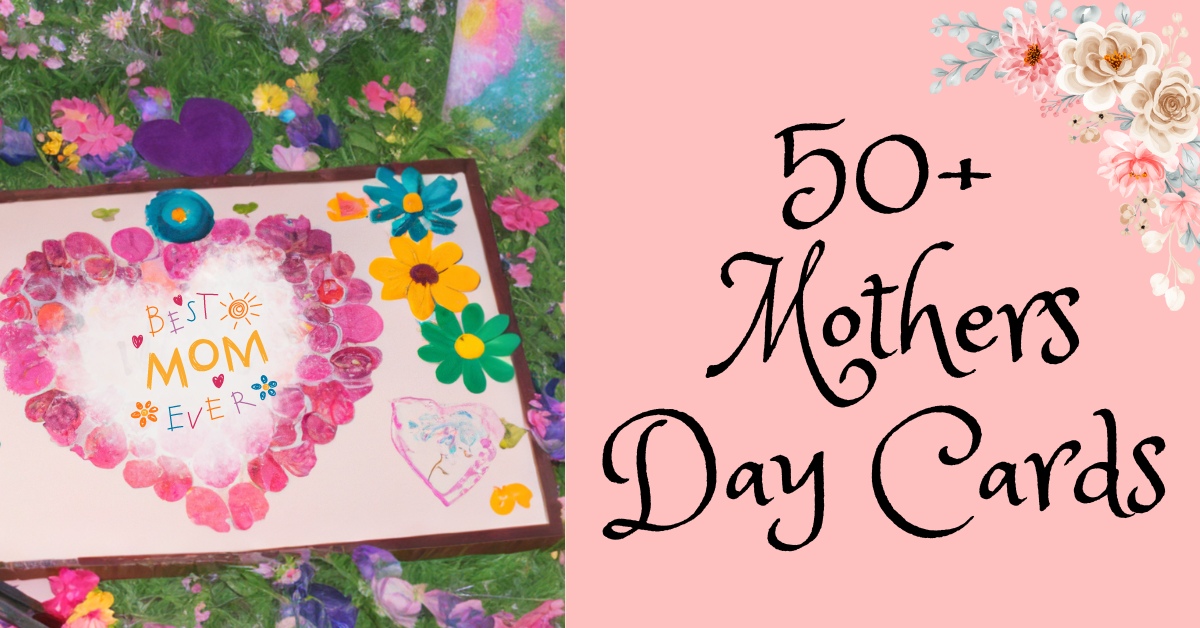From New Year's Day to Christmas: The Origins of Popular Holidays
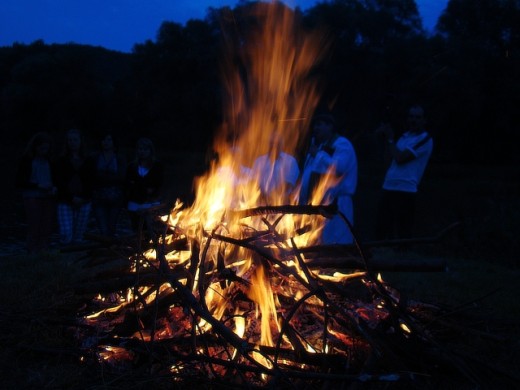
If one thing can be said about the modern world, it's that we love to party. But so did people hundreds of years ago! The Western year is filled with holidays, and we don't often think about how they came to be. The origin of many holidays is controversial - the older they might be, the more historians are likely to disagree on how they were founded. As many of the holidays we celebrate are over a thousand years old, they are hard to place. Accuracy of historical sources and religious sensitivities can also make the search for the truth difficult. But no matter if the holiday is thousands of years old, or less than a hundred, they spice up the calendar and are an excellent excuse to get silly.
Listed below are some of the West's most popular holidays, and where historians suggest they came from.
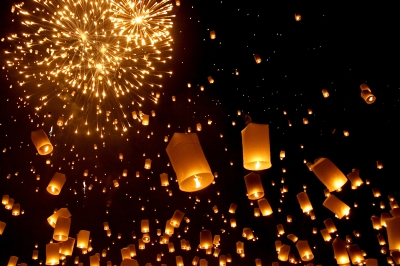
New Year's Day
The passing of the year was recognized by virtually every culture, though not all had distinct celebrations for a "new year," many holidays recognize solstices or equinoxes, or follow a lunar passing of moons. The Western New Year's Day dates back to the Roman Empire and marked on the then-used Julian calender. The holiday was a dedicated to the god Janus (who, of course, the month of January is named after), a patron of beginnings symbolized through gates and doors. When the Julian calendar gave way to the Christian Gregorian calendar, New Year's Day was given a liturgical meaning as it was attributed to the day that Christ was circumcised. For most today, the holiday has no religious meaning, though many still associate it with a spiritual concept of "new beginnings" and making resolutions for a better future.
However, the Romans did not invent the concept of "New Year's Day" and it is certainly not limited to Western culture. Around the world, New Year's Day has been celebrated with a similar meaning and on different days. Most famously is the Chinese New Year, which follows the lunar calendar instead of the solar calendar like the Gregorian. Because of this, the date isn't consistent, and falls roughly between mid-January to mid-February. The Islamic calendar also is lunar, and therefore the Islamic New Year also changes dates every year.
Though historically many cultures celebrated on different days, many have adopted the Gregorian calendar and simply celebrate their cultural New Year's Day on January 1st.

Did you know...?
The mascot of Valentine's Day, Cupid, is a Roman god of love and passion. He is the son of goddess Venus, and also known as Eros in Greece.
Valentine's Day
Many cultures around the world have adopted the Western holiday of Valentine's Day, and for most, it has absolutely no religious meaning. Its basis, however, is found in St. Valentine, a Christian martyr (or combination of several martyrs) from the times of the Roman Empire. St. Valentine, according to legend, was persecuted and imprisoned for illegally performing Christian weddings. Apparently, before his execution, he wrote a letter to his jailer's daughter, whom he may have fallen in love with, and signed the letter "from your Valentine." Still, the holiday could be attributed even more to Geoffrey Chaucer, a writer from the High Middle Ages, who connected "Valentine" to the concept of romantic love, and from there the tradition of calling love letters "valentines" was born.
There is also some speculation among historians that Valentine's Day may be a Christianized form of the Roman pagan holiday Lupercalia. Lupercalia was a fertility holiday that also, perhaps coincidentally, landed in February. Priests would go to a sacred cave where they believed that Romulus and Remus, the founders of Rome, were born. There they would sacrifice goats to the agriculture god, Faunus, and the hide was used to bless both crop fields and women (both associated with fertility). Women and men were also said to have chosen mates to be paired with for the year, giving Lupercalia a romantic image. Like many other pagan traditions, Lupercalia was outlawed upon the rise of Christianity, but Valentine's Day may be an adapted form of the same holiday.
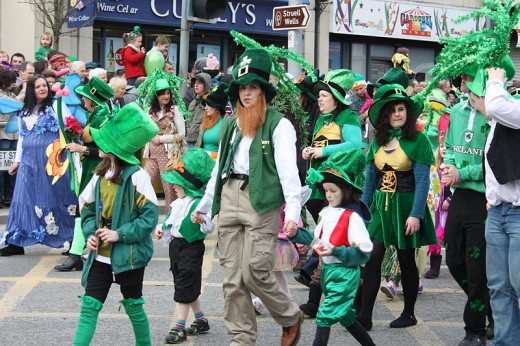
St. Patrick's Day
St. Patrick's Day is another holiday named directly after a saint and thus technically religious, but rarely celebrated religiously. St. Patrick himself was apparently a Christian missionary in the 400s, who went to Ireland to convert the people there from their native pagan religion. He was born in Roman Britain, but was apparently kidnapped, brought to Ireland and made a slave when he was sixteen. During this experience, he was said to have had visions from God. He eventually escaped slavery and returned home, where he studied religion and became a bishop. Though he may not have been the most effective bishop in Ireland, legend claims that he achieved fame for infamously illustrating the Christian Trinity through a three-leaf clover - the shamrock, which is the most famous symbol of the holiday today. Patrick was made a saint by the Church, and therefore the "holy day" was established. However, St. Patrick's Day likely does not owe its achievement as a major Western holiday to the Church. Celebrations in the United States as early as the 1700s claimed the name but were primarily celebrations of Irish culture and heritage among Irish immigrants. Therefore, secular elements are as much a part of St. Patrick's Day today, if not more, than the religious foundation.
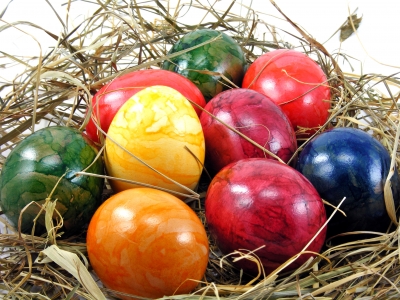
Did you know..?
Due to theological disputes, Easter is celebrated on different dates in different areas of the world. The date of Easter was contested very early in the Church's history as well.
Easter
Like most major Western holidays, Easter has both a religious and secular following. Though its Christian origins are clear in the celebration in the belief of Jesus Christ's resurrection, the association with coloring eggs and rabbits have seemingly nothing to do with that. As with many other holidays, the origins are not so clearly placed. It takes place during Paschal, the Jewish time of "Passover." The name itself may refer to the goddess Eostre, and the belief that Easter could have originated as a pagan holiday is also popular. However, evidence of this is somewhat scant. Interestingly, it was the Christian historian and scholar the Venerable Bede (673-735) who first made this connection in his work The Reckoning of Time. The monk notes,
"Eosturmonath has a name which is now translated 'Paschal month' and which was once called after a goddess of theirs named Eostre, in whose honour feasts were celebrated in that month. Now they designate that Paschal season by her name, calling the joys of the new rite by the time-honoured name of the old observance."
However, this is one of the only sources making such a connection. There were various historians in the medieval and Renaissance periods who researched and wrote great works, but most of their claims are impossible to verify, and rarely separate folklore and legend from authentic history. Some, particularly neopagans, make a connection between a goddess or celebration named "Ostara," but this also currently lacks substantial evidence. Additional claims that Eostre was associated with rabbits and eggs also seem little more than wishful thinking. Despite the possibility that Eostre may indeed be an origin of Easter, and the Church incorporated it to help convert pagans, traditions of rabbits and eggs seem to be rooted in Christian times. During lent, no meat could be eaten, thus people had to be content with eggs and fish. Historically, there also appears to have been some wiggle room to allow people to eat rabbit as well. Another explanation for the rabbit is an English tradition where men would try to catch hares on Easter Monday, which may also have birthed the association.

Mother's Day / Father's Day:
The concept of honoring parents on a special day has allegedly been around for thousands of years. But the modern Mother's Day and Father's Day, celebrated on their respective dates in May and June, have a much more recent foundation. Mother's Day was born in 1908, created by Anna Jarvis, who wanted to create a national day in the United States to celebrate motherhood. In 1914, the holiday was established. It grew to popularity around the world, though the dates vary in some countries to coincide either with existing similar days, or for religious reasons. Some countries religiously associate the holiday with the Virgin Mary. Despite the popularity, Anna Jarvis herself became frustrated with the mass commercialization that came to exist less than a decade after it was officially created.
Father's Day was apparently established to complement Mother's Day, and its creation is directly linked to Jarvis's promotion of a day to celebrate mothers. Though it began to be celebrated and was first considered at around the time Mother's Day was officially established, it didn't become a legal holiday in the United States until 1972. Like Mother's Day, Father's Day is celebrated on different dates in various countries, though is generally recognized during the summer season.
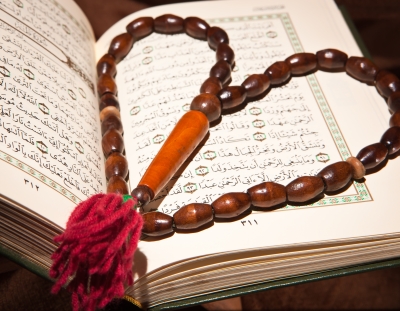
Ramadan
Probably the most important holiday in Islam, it isn't actually a holiday as much as it is a month - that is, the ninth month in the Islamic calendar. Because the calendar is lunar, the dates it is celebrated change every year. Though known as a period of extreme fasting (no eating during the day), giving to charity, and ultimately acting one's very best, in Islamic countries, the period is often a time of partying. When the sun sets, the fun (and feasting) begins! The religious significance of Ramadan is attributed to the first Revelation that God sent the Prophet Mohammad, and told him to fast. But the concept of fasting was nothing new - it may have been inspired by Jewish groups that fasted on the Day of Ashura.
Still, Ramadan itself may have been inspired by pagan roots. Before Mohammad began to preach what would become Islam, the area was populated by tribes who followed their own pagan religions, as well as Christians and Jews. Ramadan is a fasting time associated with the cycle of the moon, and it seems that some pagan groups, namely the Harranians and the Sabians, in the Middle East and India were already doing that. In fact, the name "Ramadan" was already around before Islam, with some scholars suggesting that the name simply refers to the warm weather typically experienced during that time. The Mandaeans, practitioners of an old Abrahamic dual-theistic religion in the same area, also may have observed Ramadan during or before its association with Islam.
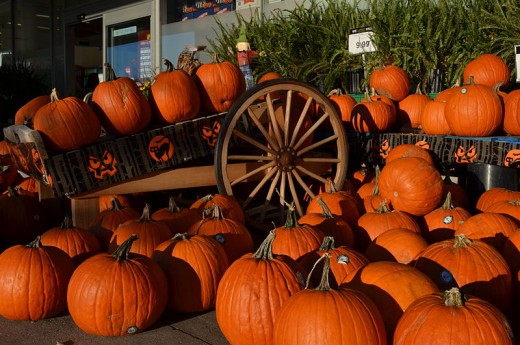
Did you know..?
Many neo-pagans today have revived and adapted Samhain for modern celebration. It is considered to be the beginning of the new year, falling between the autumn equinox and the winter solstice.
Halloween
Halloween is, perhaps, the clearest and most direct example of a pagan holiday surviving through modern times in a way not hugely dissimilar to its original meaning. The name "Halloween" is most likely Christian in origin, referring to "All Hallow's Eve" which in turn refers to a hallowed, or holy, evening. However, many scholars believe that the Christian holiday was deliberately placed on a popular pagan holiday, probably the Gaelic holiday of Samhain, most likely in an attempt to convert pagans. Samhain was a celebration of the dead, with the belief that the veil between the human world and the spirit world was at its weakest on this day. Samhain was, as today's Halloween, set halfway between the autumn equinox and the winter solstice, and marked the beginning of the year's darker half. Many cultures have had holidays that celebrate the dead, spirits or the unknown, but Samhain has survived for millenniums even through its Christianization (which seems to have been a failure, as nearly no one associates Halloween with Christianity). Some scholars suggest that many traditions date back to this time, including the wearing of costumes to disguise one's self against malevolent demons. Still, the modern, secular Halloween as we know it probably only solidified itself more recently. As early as the 1800s in America, groups would get together and have Halloween parties, associated with pranks, witchcraft, and having fun.
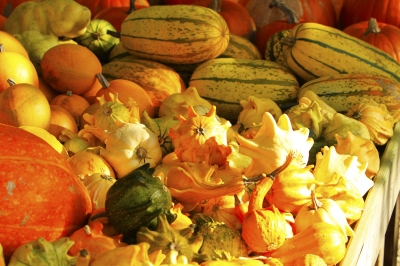
Did you know..?
Holidays with a similar theme to the Western Thanksgiving might also include Harvest Thanksgiving Day in Germany, and Labor Thanksgiving Day in Japan.
Thanksgiving
As the name suggests, Thanksgiving is a holiday about being thankful. It is celebrated in several countries, most significantly in the United States and Canada, though on different dates.
Western Thanksgiving is thought to be a combination of a typical harvest festival (which is present in many ancient cultures) and a holiday from the English Reformation. Days of Thanksgiving were already associated with the Church before the day was established in the United States or Canada. Religious ceremonies about giving thanks to God may have been an origin, despite Thanksgiving having no religious associations today. Both Canada and the United States have suggestions of settlers celebrating good harvests by sharing with the land's indigenous people. Western Thanksgiving may have been celebrated as early as the sixteenth or seventeenth centuries, though in the case of the United States, its origin is primarily associated with the New England Calvinists. American President George Washington set an official date for the holiday in the US, calling it a day to give thanks for blessings sent by God. In the case of Canada, the first celebration was in 1872 as a response to the recovery of the Prince of Wales from illness, and then set in October to prevent the holiday from falling too close to another (Armistice Day). Canada's earlier Thanksgiving might also be because it coincides with the harvest, as winter comes sooner in Canada than in most areas of the United States.
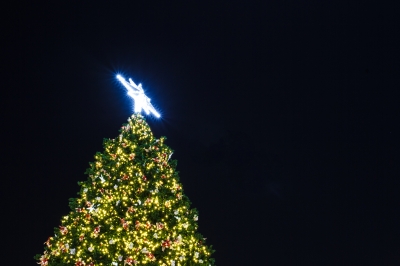
Did you know..?
The Yule Log and the holiday mistletoe both came from Germanic Pagan traditions, before being adapted into Christmas.
Christmas
Christmas is one of the world's most cherished holidays of the year, for Christians and non-Christians alike. Again, it has a religious meaning (of course, the birth of Jesus Christ) as well as secular (Santa Claus and traditions of gift-giving). But like many holidays, the origins are older than one might expect. Though the holiday as termed "Christmas" technically celebrates the birth of the religious figure Jesus Christ, it is unlikely that he was actually born on December 25th. The date of the holiday was likely set much later, just as with Halloween, to coincide with pagan holidays and convert masses to Christianity - it is also notably set near the winter solstice, which is associated with several pagan holidays.
Christmas is essentially a mixture of different traditions and holidays. The Roman holiday Saturnalia was set on December 17th, and celebrates the agriculture god Saturn. This was a joyous holiday, where parties were held and gifts were given (sound familiar?). The festivities included a number of things, such as singing and feasting, as well as gambling (not usually permitted) and slaves were treated to banquets by their masters. Saturnalia continued to be celebrated even after it was stripped of its status as an official holiday during the Christianization, which might explain why it was adapted into Christmas. Though Saturn has been forgotten, he continues to be honored by both the planet and the day of "Saturday."
Another important holiday that may have been an origin of Christmas is the Northern European pagan holiday of Yule. Germanic pagans celebrated Yule as a winter solstice festival - in fact, many of these Germanic languages still call Christmas "Yule" today! King Haakon I of Norway is said to have deliberately placed Christmas on the existing holiday of Yule in an effort to force people to celebrate it.
Whether Christian, pagan, or secular, modern Christmas is celebrated in many ways around the world with many traditions - some ancient, some completely new. Santa Claus himself is a mix of various figures, including several saints, but ultimately popularized with his modern day image by commercial companies. (Despite urban legend, the Coca-Cola company did not invent his red-and-white image!)

